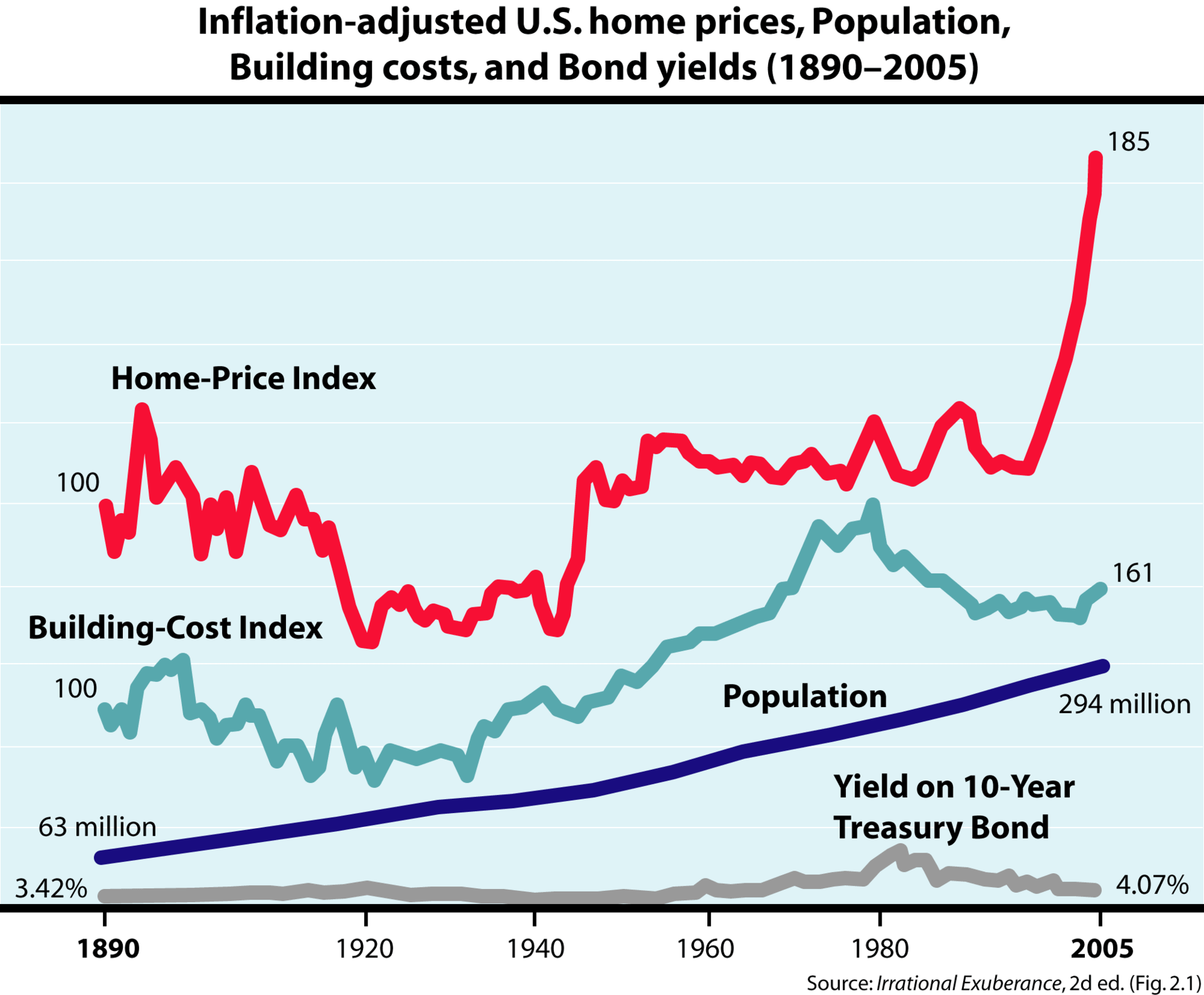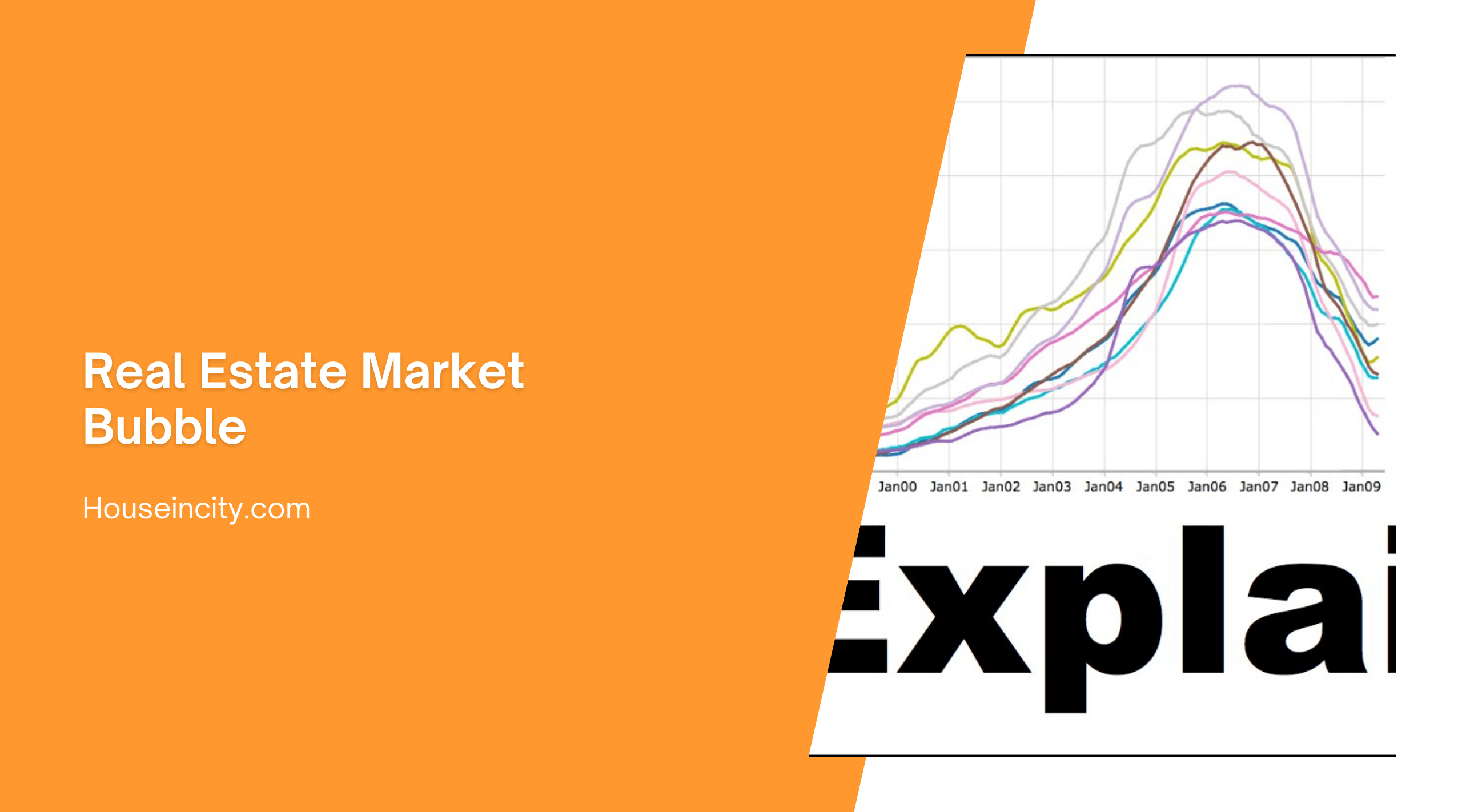Sometimes it has been found that there is a steep rise or fall in the product prices and the economy of the country. These periods are stated as bubbles in the market. Real estate is also not safe from bubbles. The prices of real estates have been found to decrease through a steep downward direction in 2007-08.
I would first like to give some important dates and events related with it.
1. 1985-91: saving and loan crisis.
2. 1991-97: flat housing prices.
3. 2001-05: US housing bubble.
4. 2005: boom ended in august 2005.
5. 2006: continued market slowdown.
6. 2007: year to year decrease in both US home sales and home price.US treasury secretary defines it as the maximum risk to the countries economy. Home sales never crept up there was a continuous decline the price of houses. Subprime markets decline. Also the increase in interest rates led to further decline.
7. 2008: home sales continue to fall. Fear crept up for US recession. On January 24th the US government announces that there was the downfall in home sales in the year 2007.
Some more dates related to 2008:
a. March 10: Dow Jones industrial average at the lowest level since October 2006.
b. March 1-June 24th: 405 people were arrested for mortgage fraud in an FBI sting around US.
It’s an assured conclusion that since lat ten years the real estate market is seeing downfall. Many times situations have arrived where lots of mortgage borrowers have found out that they stand up will mortgage amount higher than the house price. This is a very critical situation.
As in 2007, real estate bubble is marked by a sudden decrease in the price of property afterwards. Many parts of world still experience the real estate bubble mainly Europe, US, and some part of Asia.

Housing market indicator:
Various economists have developed various financial and economic ratios to predict the bubble before it burst. By comparing current position with by older one can make a guess whether the market is experiencing the bubble or not. Two components are measured: valuation component, debt component. It calculates what is the price of the house in the market, how expensive it is and what people can afford. The debt component measure how indebted the house hold becomes after buying a house.
Some other ratios are:
1. Housing affordability measure.
2. Housing debt measure.
3. Housing ownership and debt ratio.
These entire ratios are calculated to predict the bubble before they strike the market.
